A Midsummer Night’s Dream
.jpg)
A Midsummer Night’s Dream is one of Shakespeare’s most tightly constructed plays. Productions that mess with the play’s structure risk creating a string of comic scenes that don’t hold together as a coherent whole. Thankfully, Peter Evans’s heavily cut and rearranged version for Bell Shakespeare doesn’t just avoid these pitfalls. It creates a play with a viewpoint and a clear storyline with its own sense of balance.
The production’s silent opening sets the rules for a stripped-back, non-spectacular staging that trains its audiences to participate in creating the magic of the play’s encounter between human and fairy worlds. As the Mechanicals arrive for their first rehearsal of Pyramus and Thisbe, the play-within-the-play, Puck (Ella Prince) disconcerts them by shifting the furniture. Magic lesson number one: this is what invisibility ‘looks’ like. Teresa Negroponte’s set – tables and chairs against a dilapidated wooden wall – is the screen on which we will project our imaginations.
Continue reading for only $10 per month. Subscribe and gain full access to Australian Book Review. Already a subscriber? Sign in. If you need assistance, feel free to contact us.



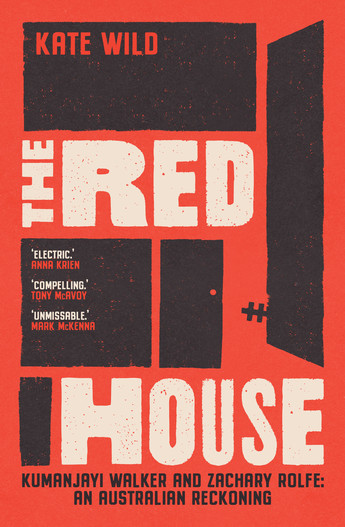
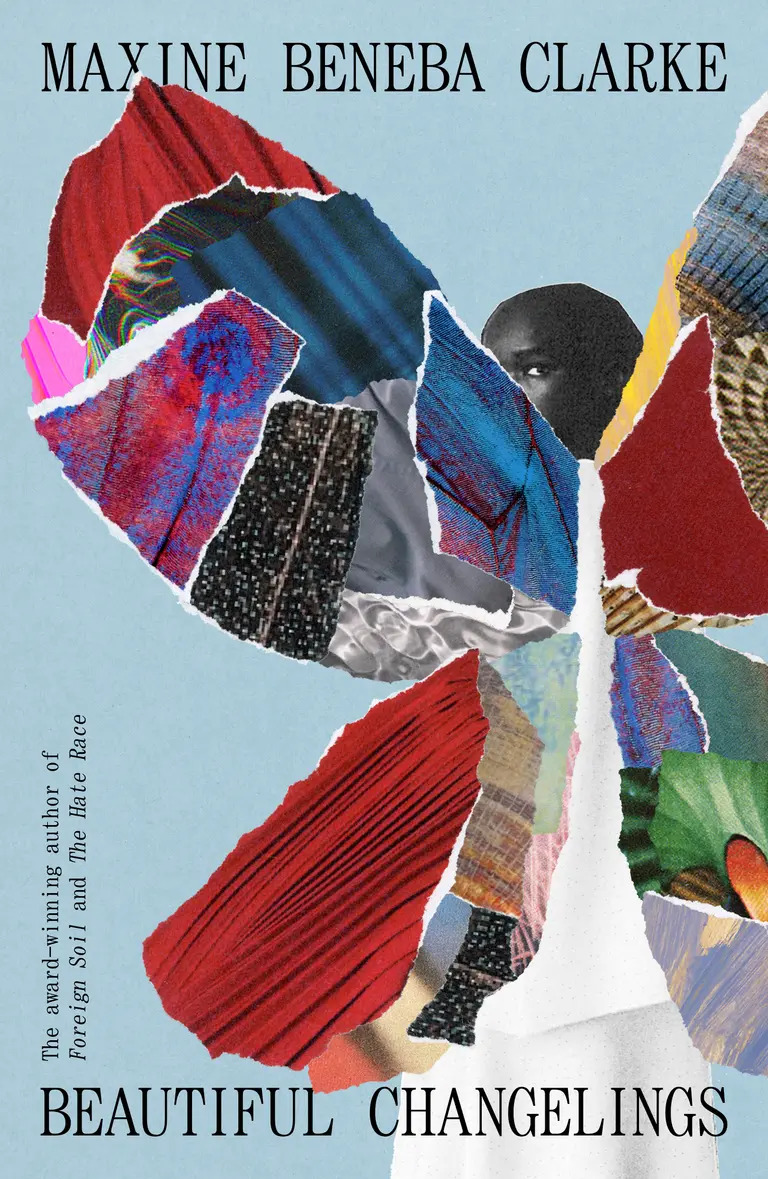

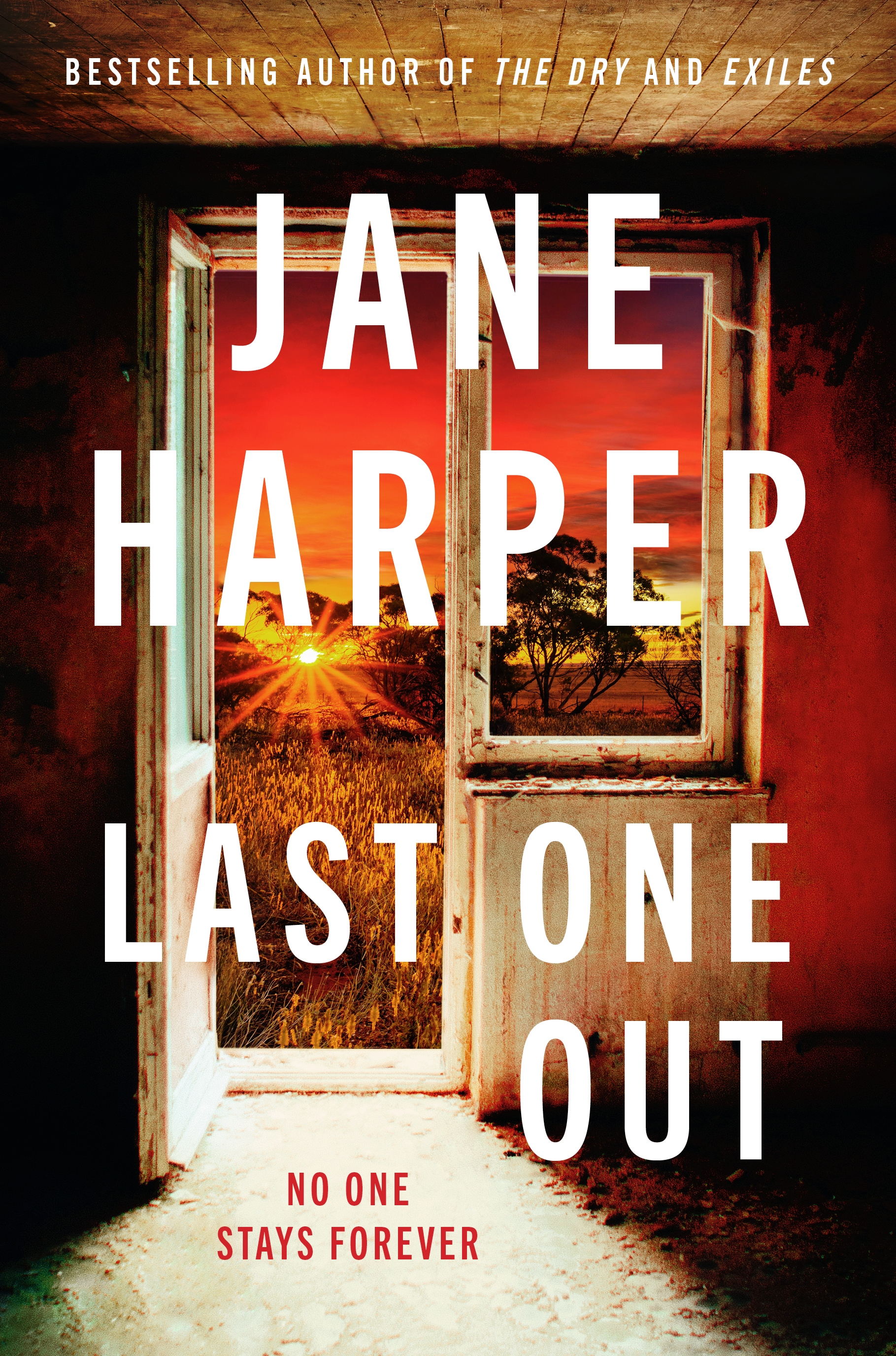
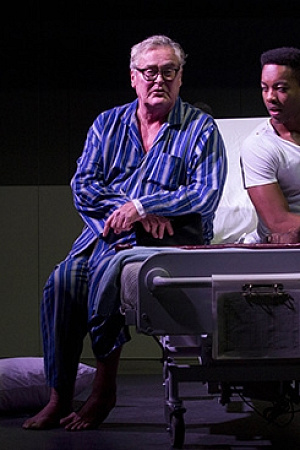
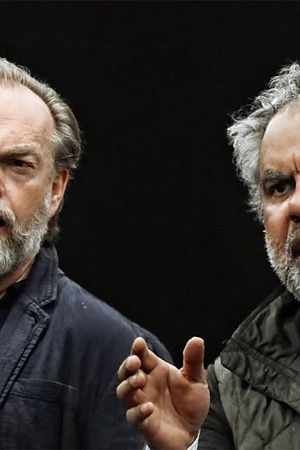
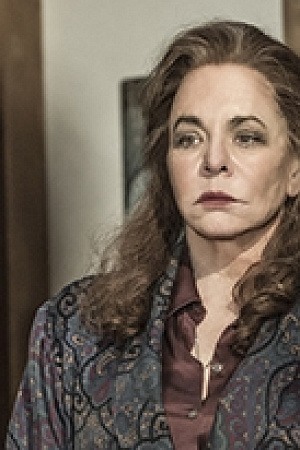

Leave a comment
If you are an ABR subscriber, you will need to sign in to post a comment.
If you have forgotten your sign in details, or if you receive an error message when trying to submit your comment, please email your comment (and the name of the article to which it relates) to ABR Comments. We will review your comment and, subject to approval, we will post it under your name.
Please note that all comments must be approved by ABR and comply with our Terms & Conditions.